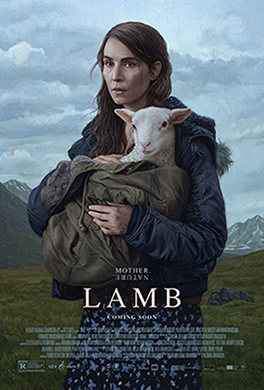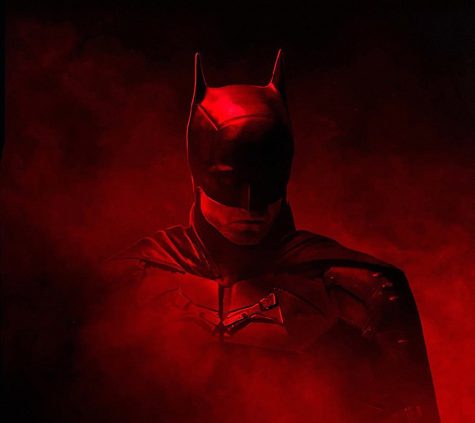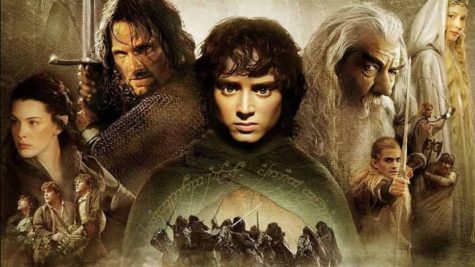Lamb: the Best Movie in Theaters Right Now
Lambing season!! Yass queen
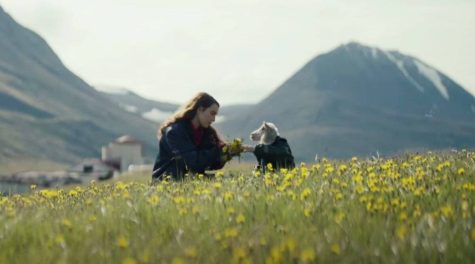
Wake up world, because it’s Lambing season! At least according to the production company, A24, it is, since lambing season is actually in early Spring. A24’s latest film, “Lamb”, somehow takes the cake as the most touching yet horrific thriller movie ever made. The supernatural horror follows the story of a childless couple that lives in distant and rural Iceland, who are attempting to continue their lives through past grief. They make a shocking discovery as they deliver a strange newborn in their sheep barn and decide to raise the lamb as their own; however, there are seemingly sinister forces that seek to bring the lamb back to its place in the wilderness.
The film’s first ten minutes involve absolutely no dialogue, introducing an eerie start that has the audience observe the conception of the lamb as well as the couple and their lifestyle, creating a perspective that sees the characters as more animalistic. The initial silence also emphasizes the importance of the script and the little they say, each sentence holding more weight.
Valdimar Jóhansson makes his directorial debut with “Lamb” this year and according to the LA Times’ feature, Jóhansson described how he and his team worked on the film for a long time. They took about eight years to produce a finalized version, and only actually started on the script after five years of storyboard development and scene work.
Jóhansson’s film was based on ideas of folklore and religious myth, and made to act as a folk tale tinged with aspects of horror. The movie covers thematic elements of grief and how seeking to relive and project the trauma of the past onto the present can only bring more pain to your current life, and that it is more important to work through loss rather than attempting to replace that loss with another life. Another valuable element of the film was the binary of animals versus humanity, and what it means to cross those boundaries.
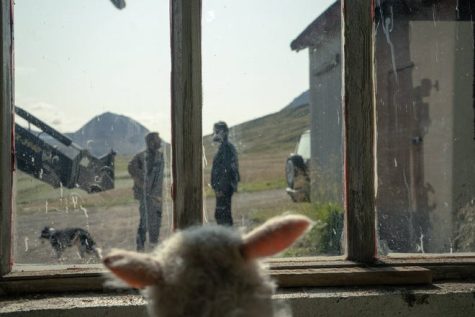
My Take on Some of the Film’s Elements *Spoilers Ahead*
One of the most interesting levels of the film was the symbolism that it developed. Jóhansson involved significant use of windows and the color red, with scenes of sheep looking out of their barn window or into the couple’s house windows, contrasted with the couple looking out of their house windows at the surrounding nature and animals. Personally, I took the windows to be significant of the disconnect and isolation between the animal and human world, especially in a setting where the two worlds are isolated from any notion of outside society. There are a few scenes where the sides of the house are being painted red and that depict the windows as being outlined in red paint, which seems to ring symbolically of how María lost her first daughter, Ada, in childbirth, as well as relating to the births that she and her husband, Pétur, perform for the sheep. The contrast in their active role in the births of the sheep to their own loss of their first daughter, Ada, are deemed more significant as they are constantly surrounded by new life which can only remind them of their own loss. This contrast is then made explicit with the birth of the strange lamb newborn, which has the body of a human but the head of a lamb, and they instantly take in as their own to nurture and raise. The couple then goes as far as to name that half-lamb, half-human, offspring the name of their dead child, Ada. The opening scene of the movie features a first-person perspective of a creature as it goes into the lamb shed and impregnates the lamb that birthed Ada, and the last scenes of the film reveal the creature to be the father of Ada, a type of minotaur creature, as he kills the husband in order to take Ada back. The minotaur figure walks away holding Ada’s hand, as the husband bleeds out, and then the wife finds her husband but silently seems to understand what happened and that she should not seek after Ada. The figure of Ada’s true father seems to be an allusion to the Devil, as he is commonly portrayed as a horned goat and seems to represent some sort of evil that is brought to the couple, or to demonstrate that the state of grief that they are in but try to take back and relive through Ada is really just a personal hell that they have brought upon themselves. The film ultimately sums up to a story of grief, and how one should not seek to relive the past’s happy moments through others, as it only brings more pain and grief to one’s life, but instead should move forward and strive to better themselves.
*Spoilers over*
All in all, this film is one of the best I’ve seen in a long while, and I would recommend this to anyone who is interested in an eerie but meaningful story about grief.
